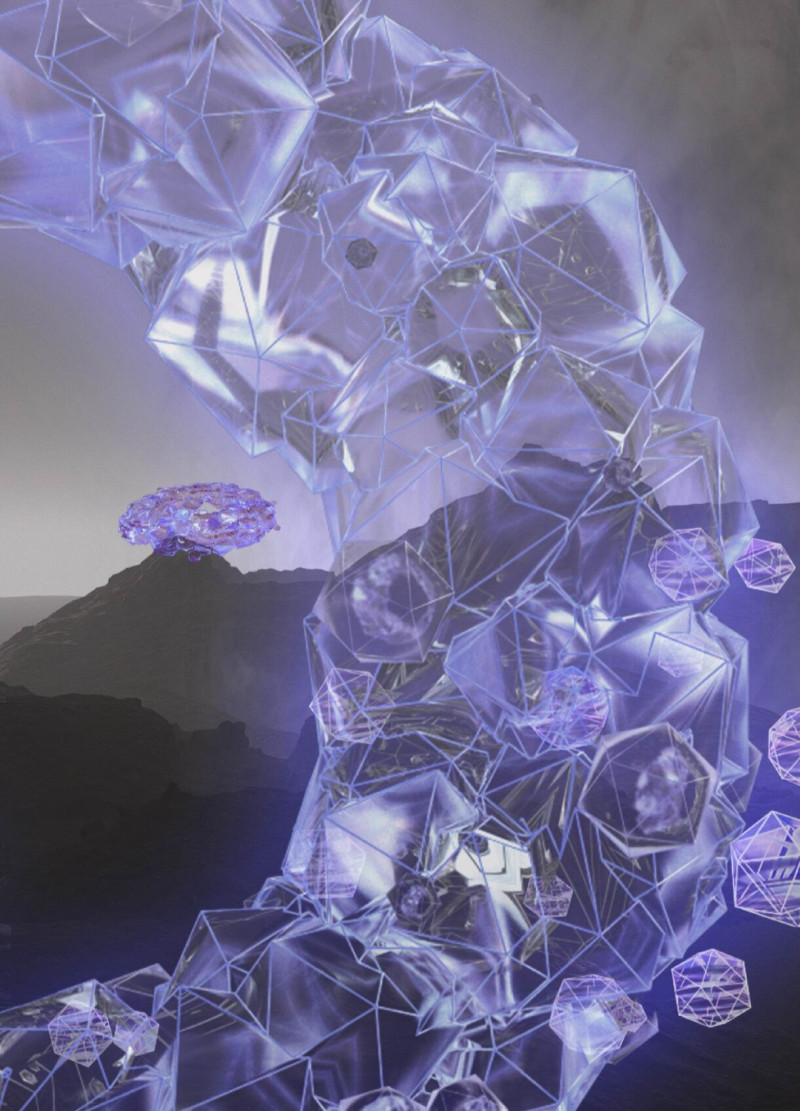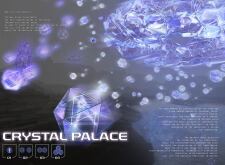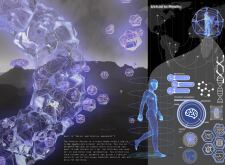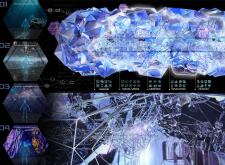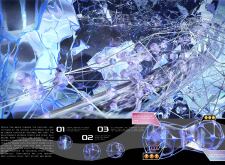5 key facts about this project
The design features translucent and reflective materials that evoke a sense of openness and connectivity. These elements are strategically incorporated to enhance natural light and promote interaction among users. The architectural framework consists of abstract geometric shapes reminiscent of crystalline formations, which not only contribute to the aesthetic appeal but also reinforce the building's versatility.
Unique Design Approaches
One notable aspect of the "Crystal Palace" is its dynamic interaction capabilities. The architectural design integrates biometric data recognition to tailor experiences, allowing users to engage with the environment based on their emotional responses. This approach signifies a shift from traditional static spaces to dynamic areas that respond to the individual.
Additionally, the multifunctional nature of the project is noteworthy. It accommodates various activities, such as social gatherings, educational workshops, and personal reflection, within a single spatial context. This adaptability supports diverse user needs and enhances community building, reflecting a modern understanding of architectural purpose.
Exploration of Virtual and Physical Boundaries
The project delves into the concept of spatial boundaries, addressing how technology influences architecture and human interaction. By focusing on the integration of digital and physical realms, the "Crystal Palace" offers insight into the future of architectural design. It encourages users to reconsider their relationship with space in an increasingly technology-driven world.
For more detailed insights into the "Crystal Palace" project, including architectural plans, architectural sections, and architectural designs, readers are encouraged to explore the project presentation. Such elements will provide a comprehensive understanding of the architectural ideas that underpin this innovative design.


